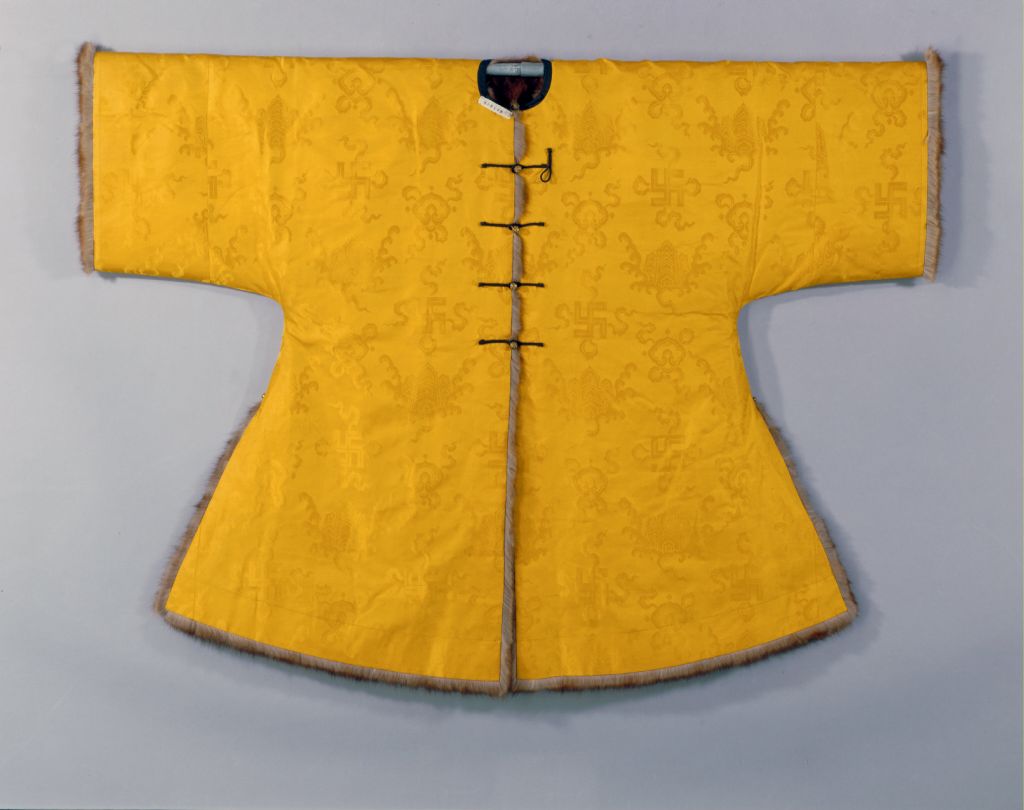[Du Qiong Yousong picture volume]
Yousong picture volume, Ming Dynasty, Du Qiong’s work, paper edition, color setting, 28.8 cm vertical and 92.5 cm horizontal
This picture has no style, and is stamped with “Dongyuanzhai”, “Duyongjia” and “one hill and one gully”. Later, there was a postscript written by Wen Boren, indicating that it was written by Du Qiong. According to Zhang Chou’s Qinghe Calligraphy and Painting Boat, “Mr. Dongyuan wrote a number picture for his sister-in-law, Wei Yousong. At that time, there was an inscription on the poem. I don’t know when it fell off. It still depends on the existence of Liu Wan’an’s long sentence, which is enough to be called the double wall of art and forest.” According to Du Qiongwen’s collection of poems about Wei Yousong, Du Qiong’s sister-in-law, Wei Bencheng, number Yousong, and the Wei family are all officials and scholars. The creation background of this picture is Wei Yousong’s visit to Du Qiong’s “Dongyuanzhai”. The two people are very excited and have a very speculative conversation. After the event, Du Qiong took the opportunity to paint and write poems and sent them to Wei Yousong
The Painting of Yousong, with Wei Bencheng’s nickname as the title, is the first of its kind in the Wumen School of Painting. This kind of “nickname painting” is mainly popular among the early Wumen painters, but it is rare before and after the decline of the Wumen School of Painting. “The Painting of Yousong” is a typical small landscape painting in the courtyard, depicting the scenery and the activities of people in the courtyard. The ancient pine stands upright on the rolling slope stone, the houses are hidden, and the trees are surrounded. In the main room, two people talk on a porch swing. Wei Yousong is wearing a red official dress and an official hat; Du Qiong is wearing a blue cloth and holding a book. In addition, two schoolboys served tea. The middle section of the painting scroll is a relatively open area in the park, with bonsai and chess table. There are two groups of literati activities, one is to draw on the table, the other is to enjoy the scenery and roam. The rockery at the end of the scroll has several peaks, which are scattered and orderly, and the structure is dense but not congested. There is a small pavilion built on the rockery, which should be the Yanlv Pavilion mentioned in Du Qiongwen’s collection. In the picture, Du Qiong intends to highlight the image of Wei Yousong to reflect the theme. It is worth noting that the creation purpose of “The Painting of Yousong” is different from that of ordinary literati paintings. It is also created to commemorate the visit of friends while expressing pleasure in painting. It has strong pertinence and commemoration. The characters and scenery in the painting are pointed out, and it is also accompanied by poems or postscripts of friends. This way of creation is widely popular in the later works of the Wumen School of Painting, such as Shen Zhou’s “Farewell to the Jingjiang River” volume, Wen Zhengming’s “Tea Party in Huishan” volume, etc. In terms of painting, this painting inherits the tradition of Huang Gongwang and Wang Meng of the Yuan Dynasty. The painting is green and light colored. The strokes are vigorous and elegant in rigorous and meticulous, and the colors are beautiful and elegant, from which we can see the painter’s gentle style
Qinghe Calligraphy and Painting Boat by Qingzhang Chou is included.
![图片[1]-Du Qiong Yousong scroll-China Archive](https://chinaarchive.net/Ming dynasty/painting/s58de0f5e1254c.jpg)

![[Qing Dynasty] British female painter—Elizabeth Keith, using woodblock prints to record China from the late Qing Dynasty to the early Republic of China—1915-China Archive](https://chinaarchive.net/wp-content/uploads/2022/11/image-191x300.png)



